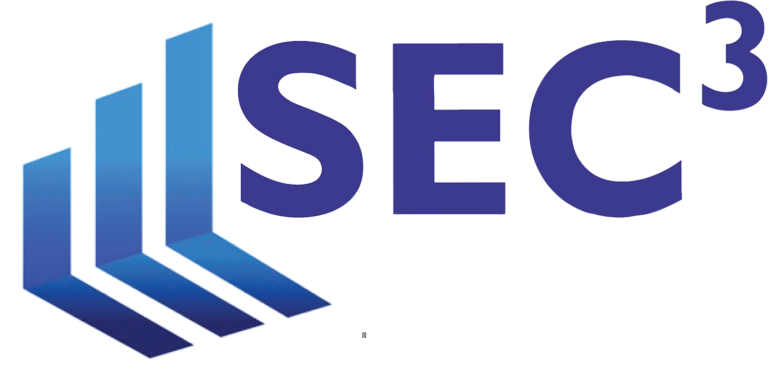In a rare acceptance of a case collaterally involving the U.S. Securities Laws, the U.S. Supreme Court accepted an appeal by Marc Gabelli and Bruce Alpert (the “petitioners’) from a U.S. Court of Appeals’ decision that reversed the U.S. District Court. The case stems from a 2008 case brought by the SEC against the petitioners for allegedly allowing a market timer to time one of their funds to the exclusion of any other market timers.
The SEC writes in their brief: “In April 2008, the Commission brought a civil enforcement action against petitioners, alleging that petitioners had secretly permitted one of GGGF’s investors to market time the mutual fund, in return for the [firm’s] investment in another fund managed by Gabelli.” According to the SEC, at the same time that petitioners had allowed the Firm to market time the fund, they prohibited other investors from doing the same. The Commission alleged that as a result of its privileged position, the Firm had earned returns of between 73 and 185% on its investments (for total profits of approximately $9.7 million), while long-term investors had lost an average of 24% on their investments.
The District Court held that most of the Commission’s claims for civil penalties were barred by the five year limitations period in 28 U.S.C. 2462. The Court reasoned that the SEC’s claims against petitioners had “first accrued” when petitioners committed the acts, not when the Commission discovered or reasonably could have discovered the fraud.
The U.S. Court of Appeals reversed the District Court, holding that because the Commission’s claims are based on fraud, they are subject to the discovery rule which starts the five year limitations period when the Commission discovered or reasonably could have discovered the fraud.
The Supreme Court has now received briefs on this issue that can have a monumental effect on the future of firm compliance programs and SEC enforcement actions. The SEC has released a copy of their brief on the website. It is noteworthy that seven organizations filed amicus briefs in support of petitioners – primarily arguing that the five year limitation rule should be an absolute rule without application of the discovery rule. The organizations who filed amicus briefs in support of petitioners are: American Bankers Association; Association of the Bar of the City of New York; Cato Institute; DRI – the Voice of the Defense Bar; Former SEC Commissioners and Officials; National Association of Criminal Defense Lawyers and the Securities Industry and Financial Markets Association and the Chamber of Commerce of the United States of America. No amicus briefs were filed on behalf of the Respondent, Securities and Exchange Commission.
The U.S. Supreme Court heard oral arguments in this case on January 8, 2013. A decision could be delivered in the Spring. Case No. 11-1274
http://www.sec.gov/litigation/briefs/2012/gabelli-v-sec-2012.pdf
http://www.supremecourt.gov/Search.aspx?FileName=/docketfiles/11-1274.htm

